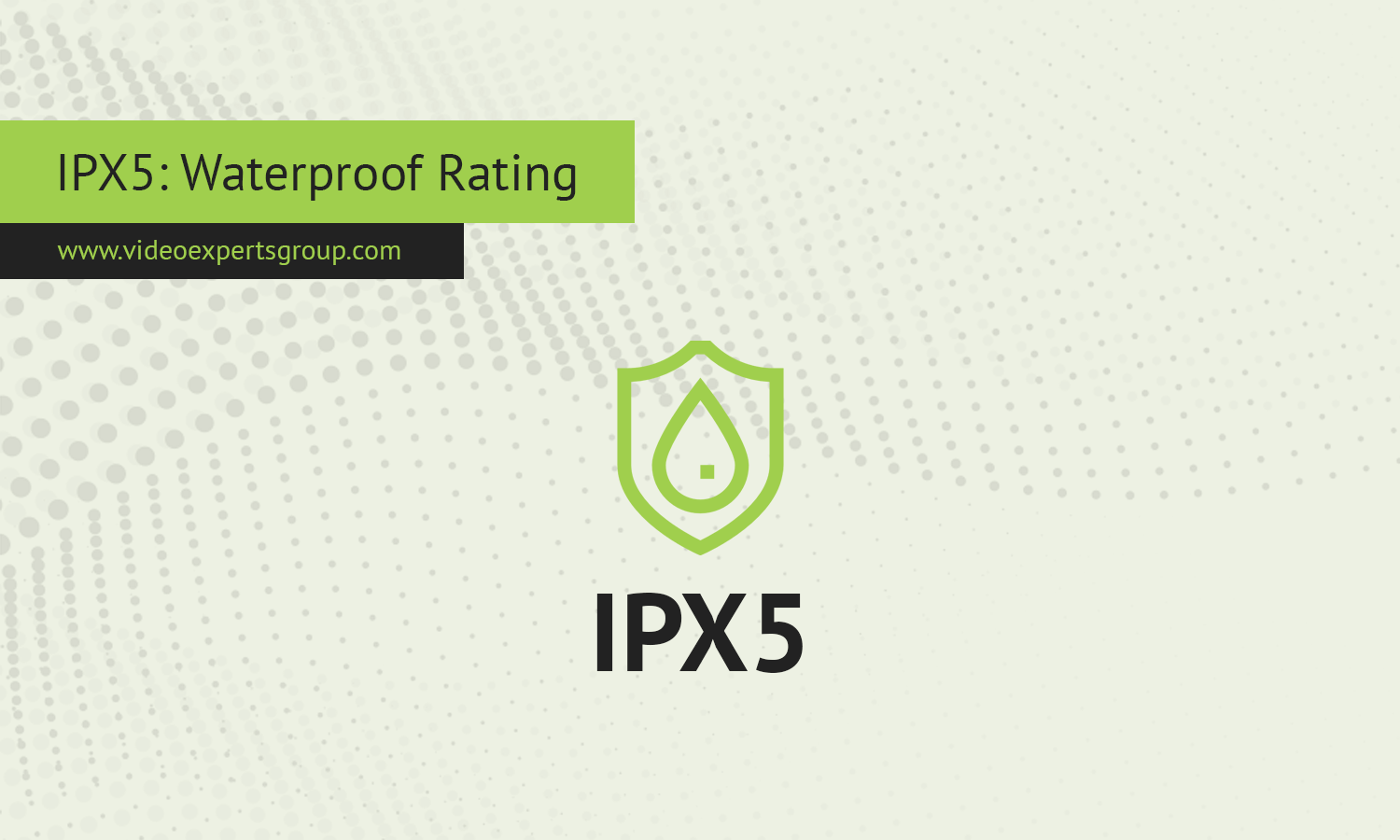When buying electronic devices like smartphones, speakers, or security cameras, you'll often see a mention of the IP rating. This rating tells you how well the device is protected against solid objects and water ingress. One of the common ratings is IPX5, which indicates a specific level of protection against water. Understanding what IPX5 means can help you decide if a device is suitable for outdoor or wet environments.
Meaning
IPX5 is a specific water ingress protection level. The "IP" stands for Ingress Protection, and the "X" signifies that no data is provided for protection against solid objects like dust or debris (as opposed to an IP5X, which would mean some protection against solids). The "5" refers to the level of protection against water. A device rated IPX5 can withstand water jets projected by a nozzle from any direction without harmful effects. This rating is commonly found on outdoor electronics and appliances where exposure to rain or water splashes is possible.
IPX Rating Chart
| IPX Rating | Protection Level | Description |
| IPX0 | No protection | No protection against water ingress |
| IPX1 | Drip-proof | Protection against vertical water drops |
| IPX2 | Drip-proof (15-degree tilt) | Protection against water drops when tilted up to 15 degrees |
| IPX3 | Spray-proof | Protection against water spray up to 60 degrees from vertical |
| IPX4 | Splash-proof | Protection against water splashes from any direction |
| IPX5 | Water-jet resistant | Protection against water jets from a 6.3mm nozzle from any direction |
| IPX6 | Powerful water-jet resistant | Protection against more powerful water jets |
| IPX7 | Immersion up to 1 meter | Protection against temporary immersion in water up to 1 meter for 30 minutes |
| IPX8 | Immersion beyond 1 meter | Protection against continuous immersion in water beyond 1 meter, under conditions set by the manufacturer |
| IPX9 | High-pressure, high-temperature water resistant | Protection against high-pressure, high-temperature water jets |
What is the IPX5 Test Procedure?
The IPX5 water ingress test involves subjecting a device to water jets from a specific distance and water pressure. Here's the step-by-step process:
- Test Setup: The device is placed in its normal operating position. A water jet nozzle with a diameter of 6.3mm is used.
- Water Flow: The nozzle sprays water at a flow rate of approximately 12.5 liters per minute.
- Water Pressure: The water is projected at a pressure of 30 kPa (kilopascal) from a distance of 2.5 to 3 meters.
- Duration: The device is exposed to water for at least 3 minutes from all directions, ensuring that every side of the device gets equal exposure.
- Pass Criteria: To pass the test, the device must not suffer any harmful effects due to water ingress. It should continue to function normally without any internal components getting wet or damaged.
Requirements
To achieve an IPX5 rating, devices must meet the following key requirements:
- Sealing and Construction: The device’s outer casing should be designed to prevent water penetration from jets of water. Rubber seals, gaskets, or protective coatings may be used to reinforce this protection.
- Test Standards: The device must pass standardized tests based on the water jet procedure outlined above. Manufacturers typically use international standards such as IEC 60529 to ensure consistency.
- No Loss of Functionality: After exposure to water jets, the device should remain fully operational. There should be no significant water intrusion that could lead to malfunctions, short circuits, or physical damage.
IPX5 is an ideal rating for electronics used in environments where they may be splashed or exposed to rain, such as outdoor speakers, lighting fixtures, or security cameras. However, it is not suitable for full water immersion, so devices rated IPX5 should not be submerged.
















